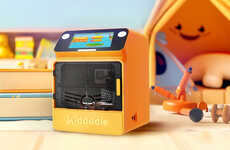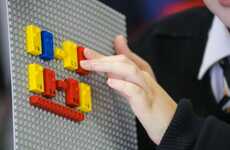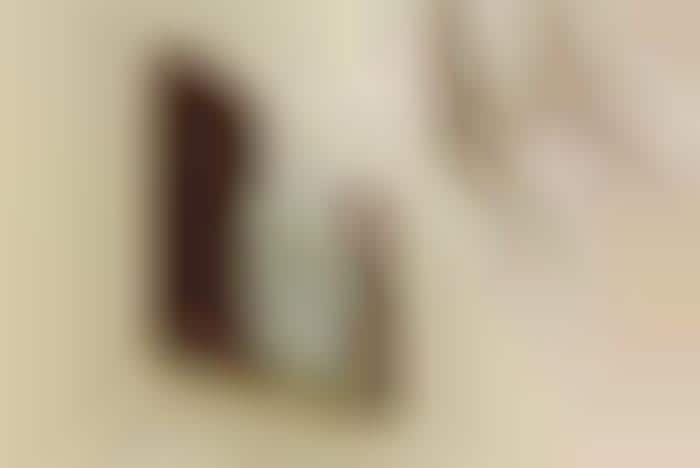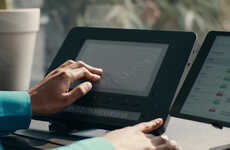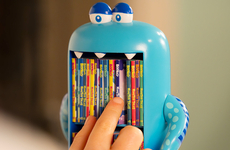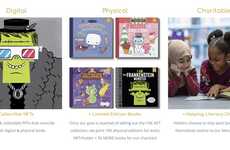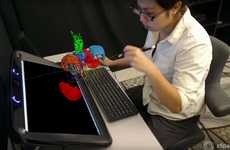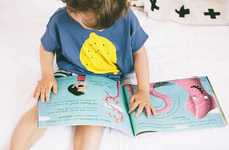
This 3D Printed Book Project Helps Young Blind Kids Read Earlier
Alyson Wyers — March 11, 2015 — Life-Stages
References: tactilepicturebooks.org & psfk
The Tactile Picture Books Project created 3D printed books for children with visual impairment. The picture books allow visually impaired kids to follow along with images they can feel. The result of a collaboration with the Anchor Center, the project includes famed titled such as 'Goodnight Moon,' 'Harold and the Purple Crayon' and 'Polar Bear, Polar Bear, What do You Hear?'
Since most children don't start learning braille until 6 years of age, a 3D printed book lets them enjoy reading at an earlier age. Colorado University researchers hope the ability to take pictures of books and 3D print them immediately will be available to parents and educators soon.
3D printing has no shortage of applications, both in book publishing and in children's health.
Since most children don't start learning braille until 6 years of age, a 3D printed book lets them enjoy reading at an earlier age. Colorado University researchers hope the ability to take pictures of books and 3D print them immediately will be available to parents and educators soon.
3D printing has no shortage of applications, both in book publishing and in children's health.
Trend Themes
1. Personalized 3D Printing - The Tactile Picture Books Project demonstrates the potential for personalized 3D printing to create customized educational materials for visually impaired children.
2. Inclusive Education - The collaboration between the Tactile Picture Books Project and the Anchor Center highlights the importance of inclusive education for visually impaired children and the need for accessible learning materials.
3. Early Literacy Support - The development of 3D printed books for visually impaired children shows the potential for early literacy support through innovative technologies.
Industry Implications
1. Education - The Tactile Picture Books Project presents opportunities for the education industry to leverage 3D printing technology to enhance learning experiences for visually impaired children.
2. Book Publishing - The collaboration between the Tactile Picture Books Project and book publishers offers an avenue for the industry to expand into creating tactile books for visually impaired children.
3. Healthcare - The use of 3D printing in creating books for visually impaired children demonstrates the potential for the healthcare industry to utilize the technology in developing personalized rehabilitation tools.
3.2
Score
Popularity
Activity
Freshness

